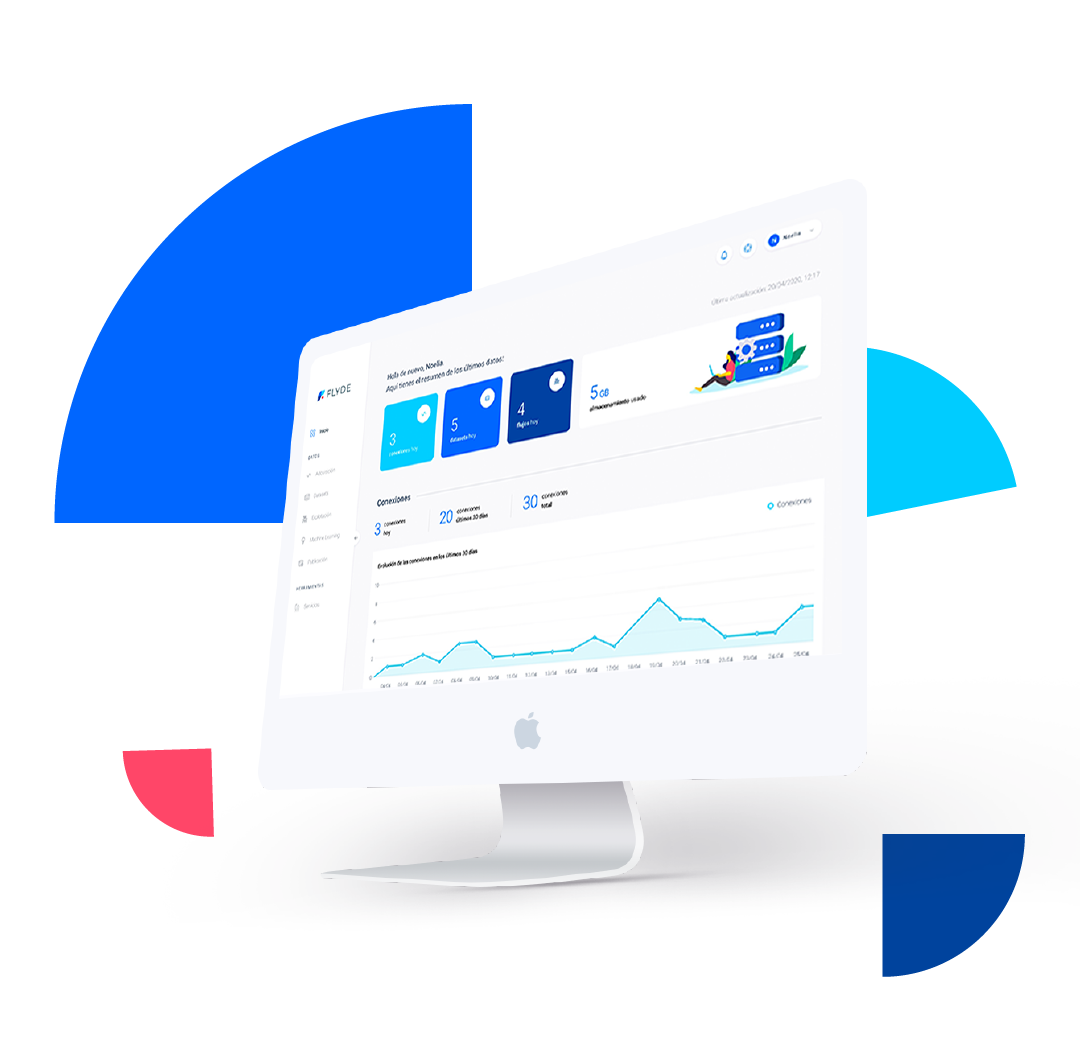
Success starts behind the scenes. While marketing, sales, and product innovation often steal the spotlight, inventory management can make or break your profitability and customer experience.
Think of your stock as a dynamic, strategic asset. Managed well, it fuels growth. Neglected, it quietly drains your resources and undermines your business.
THE COSTS OF INVENTORY MISMANAGEMENT
Poorly managed stock has immediate and costly consequences:
- Stockouts: A customer is ready to buy, but the item isn’t in stock. That’s not just a lost sale; it’s a missed opportunity and a negative customer experience. According to a study carried out by the IHL Consulting Group, an estimated $1.2 trillion in global retail sales was lost in 2023 due to stockout.
- Excess inventory: You’re tying up capital, crowding your warehouse, and risking spoilage, theft, or obsolescence. Overstock quietly erodes your bottom line. The IHL Group estimated that excess inventory cost retailers about $562 billion in 2023 due to markdowns and obsolescence.
- Inefficient operations: Poor stock management leads to delays, fulfillment mistakes, and disrupts workflows. The consequences in terms of employee productivity and job satisfaction can also be far-reaching.
THE BENEFITS OF SMART STOCK MANAGEMENT
According to the Institute for Business Forecasting, a 15% increase in inventory forecasting accuracy translates into a 3% increase in earnings before interest and tax (EBIT). Great inventory management is strategic. When done right, it delivers:
- Increased customer satisfaction: Reliable stock availability builds trust and keeps customers coming back.
- Reduced costs: You’ll be able to avoid surcharges for rush shipping, unnecessary storage fees, and waste from obsolete stock.
- Better cash flow: Freeing up capital from excess inventory gives you more flexibility to invest in growing your business.
- Efficient operations: With clear processes and real-time data, your team can move faster and make fewer mistakes.
- Smarter decisions: Accurate inventory data allows you to make smarter, data-driven business decisions. It helps guide pricing, purchasing, and marketing based on real demand.
THE ROLE OF TECHNOLOGY
Fortunately, artificial intelligence (AI) and machine learning (ML) are transforming inventory management by enabling more accurate demand forecasting. Demand forecasting is the practice of using historical data, market trends, and advanced analytics to predict future customer demand for a product or service. It empowers businesses to make smarter decisions across inventory, production, staffing, and budgeting—ultimately reducing waste, avoiding stockouts, and improving operational efficiency.
AI/ML-powered demand forecasting delivers key advantages for inventory management, including:
- Real-time visibility: Instantly see what’s in stock, where it is, and what needs replenishing.
- Automation: Streamline purchasing, receiving, and fulfillment processes to boost efficiency and reduce errors.
- Advanced analytics: Detect trends, optimize inventory levels, and identify bottlenecks or slow-moving stock.
- System integration: Centralize data from sales, finance, and e-commerce platforms. A Customer Data Platform (CDP) like FLYDE can help unify and enrich this data for smarter forecasting.
INVENTORY MANAGEMENT HEALTH CHECKLIST
How effective is your inventory management system? If you answer “no” to several of these questions, it might be time to rethink your approach.
Data & Visibility
- Can you see inventory levels in real time across all channels and warehouses?
- Do you have a centralized view of customer demand trends?
- Is your inventory data integrated with sales, marketing, and finance systems?
Forecasting & Planning
- Are your forecasts based on historical data and real customer behavior?
- Are your forecasting models updated regularly?
- Can you confidently anticipate when you will encounter a spike or a lull in demand?
Efficiency & Operations
- Is your restocking process automated (or is it manually triggered)?
- Are fulfillment mistakes (e.g., wrong items, delayed shipments) a rare exception?
- Do you know your inventory turnover rate?
Financial Impact
- Are you confident that your inventory is not tying up more capital than necessary?
- Are you able to avoid paying extra fees for expedited shipping or unnecessary storage?
- Does your team have fast access to accurate data to make stock decisions?
HOW FLYDE CAN HELP
To accurately forecast demand and optimize inventory, a Customer Data Platform (CDP) like FLYDE is essential for consolidating data from various sources.
FLYDE centralizes data from touchpoints across paid media, CRM, social, email, web navigation, and offline events. Whether you’re working with dozens of fragmented sources or just trying to get a full view of the customer journey, FLYDE brings your data together and enriches it with socio-demographic and interaction data. With FLYDE’s ML algorithms, you’ll be able to analyze the behavior of your customers, observe in real time how their movements affect the demand for your products, and anticipate future demand.
Contact us to schedule a demo to find out how FLYDE approaches demand forecasting in our easy-to-use Customer Data Platform.
Start taking control of your data today.
Schedule a meeting with one of our experts and discover how FLYDE can help your company achieve its goals.


